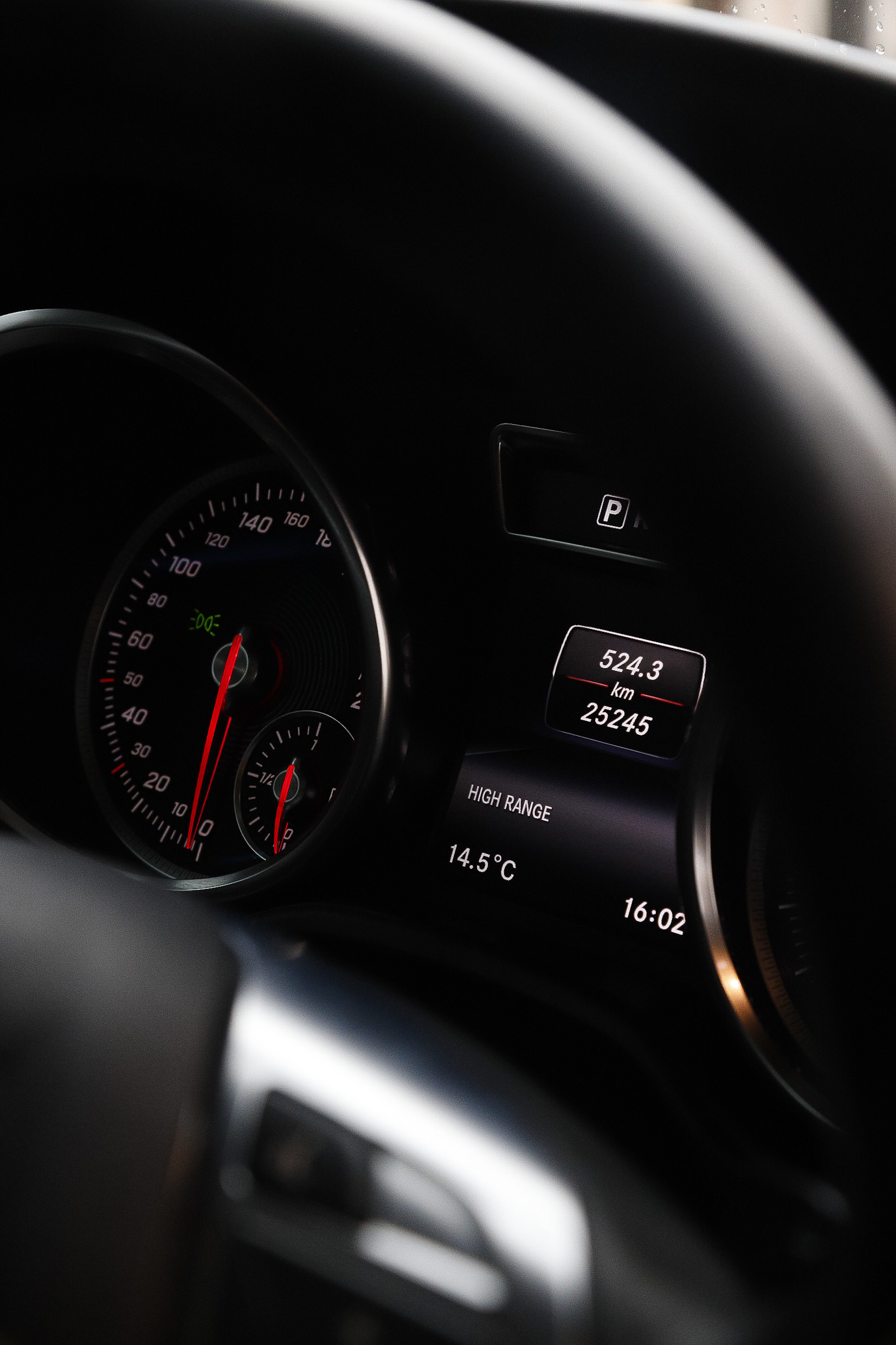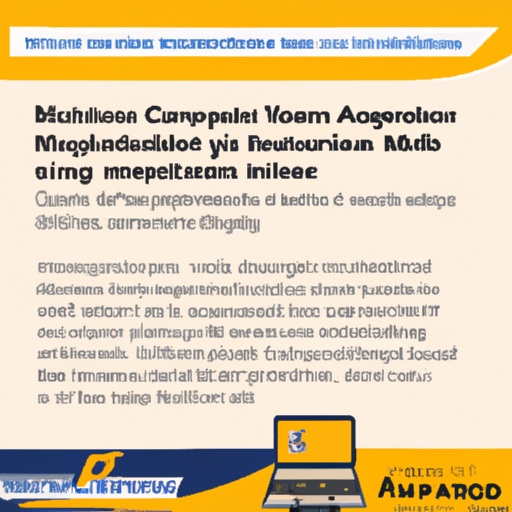In the world of automotive painting, choosing the right tape is crucial for achieving a flawless finish. But with a wide range of options available, it can be a daunting task to determine whether automotive masking tape or painters tape is the better choice. Both tapes have their strengths and weaknesses, and understanding their key differences is essential. In this article, we will explore the various factors to consider when deciding between automotive masking tape and painters tape, helping you make an informed decision for your next painting project.
What is Automotive Masking Tape?

Definition
Automotive masking tape is a specialized type of tape that is commonly used in the automotive industry for various applications. It is designed to withstand the rigorous conditions that vehicles face, such as high temperatures, paint solvents, and other chemicals. This tape is specifically formulated with unique properties to ensure clean, precise, and professional paint jobs.
Uses
Automotive masking tape has a wide range of uses in the automotive industry. It is primarily used during the painting process to mask off areas that should not be painted. This includes protecting windows, trim, and other delicate parts of the vehicle that should remain unpainted. Additionally, it is also used for detailing purposes, such as creating clean, sharp lines or patterns.
Benefits
The use of automotive masking tape offers several benefits. Firstly, it provides a reliable barrier that prevents paint from bleeding through and ensures clean lines. This results in a professional finish that enhances the overall appearance of the vehicle. Secondly, automotive masking tape is designed to be easily removable without leaving any residue, saving both time and effort during the cleanup process. Finally, its resistance to high temperatures and chemicals ensures that the tape remains intact under harsh conditions, giving it a longer lifespan.
What is Painters Tape?
Definition
Painters tape, also known as masking tape, is a type of tape commonly used in the painting and decorating industry. It is designed to be easily applied and removed without damaging the surface it is applied to. Painters tape is widely used by both professionals and DIY enthusiasts for various painting projects.

Uses
Painters tape has a variety of uses in the painting and decorating industry. It is primarily used to create clean, straight lines when painting walls, ceilings, or any surface that requires precise edges. Additionally, painters tape can also be used for protecting surfaces that should not be painted, such as trim, windows, and fixtures. It is an essential tool for achieving a neat and professional-looking paint job.
Benefits
The use of painters tape offers numerous benefits. Firstly, it helps to achieve sharp and clean lines, resulting in a professional finish. This is particularly important when painting multiple colors or creating intricate designs. Secondly, painters tape is designed to be easily removed without causing any damage or leaving residue on the surface. This saves both time and effort during the cleanup process. Finally, painters tape is available in various widths, allowing for flexibility in different painting projects.
Differences in Material

Automotive Masking Tape
Automotive masking tape is specifically designed with materials that are resistant to high temperatures and chemicals. It is made of a durable and flexible material that can withstand the harsh conditions of automotive paint shops. The materials used in automotive masking tape ensure that it adheres firmly to the surface and provides a strong barrier against paint bleeding.
Painters Tape
On the other hand, painters tape is typically made of a combination of paper and adhesive. The adhesive used in painters tape is specifically formulated to prevent damage to the surface when the tape is removed. The paper material used in painters tape provides flexibility and allows for easy tearing to achieve desired widths.
Differences in Adhesive Strength

Automotive Masking Tape
Automotive masking tape is designed with a strong adhesive that can withstand high temperatures, chemicals, and various solvents. This ensures that the tape remains securely in place during the painting process, even when exposed to extreme conditions. The adhesive strength of automotive masking tape helps to create clean lines and prevents paint from bleeding through.
Painters Tape
Painters tape, on the other hand, is designed with a moderate adhesive strength. It is formulated to stick firmly to surfaces without causing damage or leaving residue when removed. This makes painters tape ideal for delicate surfaces and allows for easy repositioning during the painting process.
Differences in Width and Length

Automotive Masking Tape
Automotive masking tape is available in various widths and lengths to accommodate different paint jobs. It typically comes in wider widths to cover larger areas quickly and efficiently. The longer length of automotive masking tape ensures that there is ample tape to complete the required masking tasks.
Painters Tape
Painters tape is available in a wide range of widths to cater to different painting projects and preferences. It can be easily torn by hand to achieve desired lengths, allowing for flexibility and ease of use. The length of painters tape may vary depending on the manufacturer, but it is generally sufficient for most painting applications.
Differences in Heat Resistance
Automotive Masking Tape
Due to its use in automotive paint shops, automotive masking tape is specifically designed to withstand high temperatures. It is resistant to heat generated by paint curing processes, heat guns, or other equipment used in the automotive industry. This heat resistance ensures that the tape remains intact and does not melt or leave residue on the surface.
Painters Tape
While painters tape is not specifically designed for high-temperature applications, it can still withstand moderate heat generated during typical paint-drying processes. However, if exposed to excessive heat, painters tape may lose its adhesive properties or melt, which can result in paint bleeding or damage to the surface.
Differences in UV Resistance
Automotive Masking Tape
Automotive masking tape is formulated with UV-resistant properties to withstand exposure to sunlight. This is particularly important in automotive paint shops where vehicles may be exposed to sunlight during the painting process or while waiting for paint to cure. UV resistance ensures that the tape does not deteriorate or leave residue on the surface due to UV exposure.
Painters Tape
Painters tape does not typically have UV resistance properties. While painters tape is primarily used for indoor painting projects, extended exposure to sunlight can cause the tape to deteriorate or leave residue on the surface. Therefore, painters tape is not recommended for outdoor applications or areas exposed to direct sunlight for extended periods.
Differences in Compatibility
Automotive Masking Tape
Automotive masking tape is specifically designed for use in automotive paint shops and is compatible with automotive paints, primers, and clearcoats. It is formulated to provide a reliable barrier and adhere firmly to various automotive surfaces, ensuring professional results. However, it may not be as suitable for non-automotive applications due to its unique properties.
Painters Tape
Painters tape is designed for use in a wide range of painting applications and is compatible with most paint types, including latex and oil-based paints. It adheres well to different surfaces such as walls, ceilings, wood, and metal. Painters tape is versatile in its compatibility and can be used for various indoor painting projects.
When to Use Automotive Masking Tape
Automotive masking tape should be used when painting vehicles or automotive parts. It is specifically designed to withstand the conditions and chemicals involved in automotive paint processes. Automotive masking tape ensures clean lines, prevents paint bleeding, and offers long-lasting performance. When working on automotive paint projects, investing in quality automotive masking tape is essential for achieving professional and flawless results.
When to Use Painters Tape
Painters tape should be used for a wide range of painting projects, both indoors and in areas not exposed to extreme conditions or chemicals. It is ideal for achieving clean lines, protecting surfaces that should not be painted, and easy cleanup. When painting walls, ceilings, furniture, or other non-automotive surfaces, painters tape is a reliable tool to ensure precise edges and a neat finish.
In conclusion, while both automotive masking tape and painters tape are types of masking tapes, they have distinct differences in terms of material, adhesive strength, width and length, heat and UV resistance, and compatibility. It is important to choose the appropriate tape based on the specific requirements of the project. Whether it is automotive painting or general interior painting, using the right tape will ensure clean lines, professional results, and a hassle-free painting experience.
